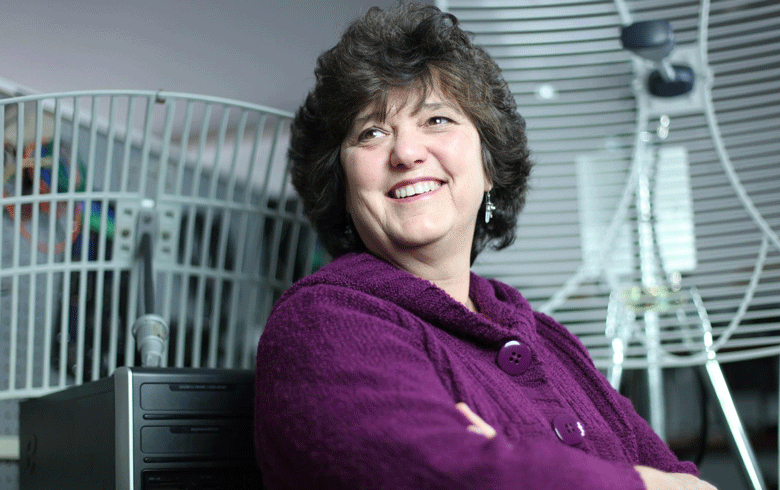Les Stanwood is 80 years old and lives in Addison. Although he’s retired, he remains active in his community, serving on the board of a local health agency.
The National Digital Equity Center is Machias may be contacted by calling 207-259-5010.
Like many people confronted by the pandemic early on, he realized he would have to shift to remote communications for his personal needs and to continue his community work. But he was unfamiliar with the basic functions of a computer, like getting emails and opening attachments.
Then he heard about a program launched early in the pandemic by the National Digital Equity Center in Machias. The program offers a low-cost subscription to a tablet and internet connection, with the first 90 days free, to any Maine resident 70 years and older lacking access. The subscription is also available to people under 70, but without the 90-day free start.
The instructors have infinite patience, which helped me through a lot of this. I have no fear now.
The tablets arrive at recipients’ homes pre-loaded with apps such as email and videoconferencing. The center offers free tutoring to help recipients learn how to use the tablet; recipients can participate in as many tutoring sessions and classes as they wish.
“I don’t have a technical mind and don’t grasp the concepts as easily as I might have a few years ago,” said Stanwood, who spoke via video-recording. “But the instructors have infinite patience, which helped me through a lot of this. I have no fear now.”
The program conforms with the National Digital Equity Center’s mission of digital equity and inclusion—it’s right there in the name. The center’s founder and director, Susan Corbett, is on the ConnectMaine Authority board and co-chairs the infrastructure subcommittee of the Governor’s Economic Recovery Committee.
The subcommittee’s recommendations in the final report to the governor included advancing digital equity and inclusion by increasing access to broadband, computers, mobile devices, and expanded digital literacy training for historically underserved individuals and communities.
The pandemic highlighted lack of connectivity, due to inadequate broadband availability and/or lack of affordable devices, Corbett said. That’s been true for various populations, including the elderly, schoolchildren, remote workers, and rural communities. Health care management alone illustrated the need for connectivity; the use of telehealth services has soared during the health emergency, she noted.
The center had funds to purchase tablets and put them in the hands of older adults experiencing social isolation.
“Many of these folks have never used the technology before,” she said. “You can imagine the pure joy as the person hits the web link and they’re seeing their instructor for the first time. They’re able to connect with family and friends, with health care providers and, even if they can’t physically be someone, they at least can see them through videoconferencing.”
The center does a lot of work to get the tablets ready for subscriber use, explained Robert Hohman, a web developer and a volunteer and tutor support manager at the center who started the tablet program with two other tutors.
The process for getting the tablets to recipients is meticulously planned. Pre-loads include a Google account, email address, and videoconference app. The tablet is mailed to the subscriber, with a letter that explains the program. The subscriber then calls the center. Initial instruction occurs by phone, when the tutor explains how to turn on the device and open videoconferencing.
“Most people are pretty good at following instructions, even if they don’t understand what they’re doing,” Hohman said.
Once videoconferencing is going, the tutor turns on screen-sharing.
“That way, we can see what they’re seeing and that make it much easier to explain things,” he said.
From there, the digital world is the subscriber’s oyster.
“In many ways, our tutors are guided by the particular person’s interests,” Hohman said.
Telehealth, email, and web browsers are top choices. Subscribers can enroll in online classes, including those offered by the center, such as word processing, cloud storage, internet safety, and online games.
Some folks, perhaps referred to the program by family members, are a bit skeptical, he said.
“Some people’s experience with using technology in the past might be one where they were baffled,” he said. “But things have simplified so much. Once people start using it, most of them really enjoy it.”
In addition to telehealth, subscribers communicate with family and friends, shop online, stream entertainment, and conduct work and community activities.
One of Stanwood’s favorite apps? Google Earth.
“I can do a lot of armchair traveling,” he said. “Everything I’ve learned here, I find beneficial. I would highly recommend it to anyone, particularly if they’re in my age group and might be a little afraid of the computer, as I was.”





